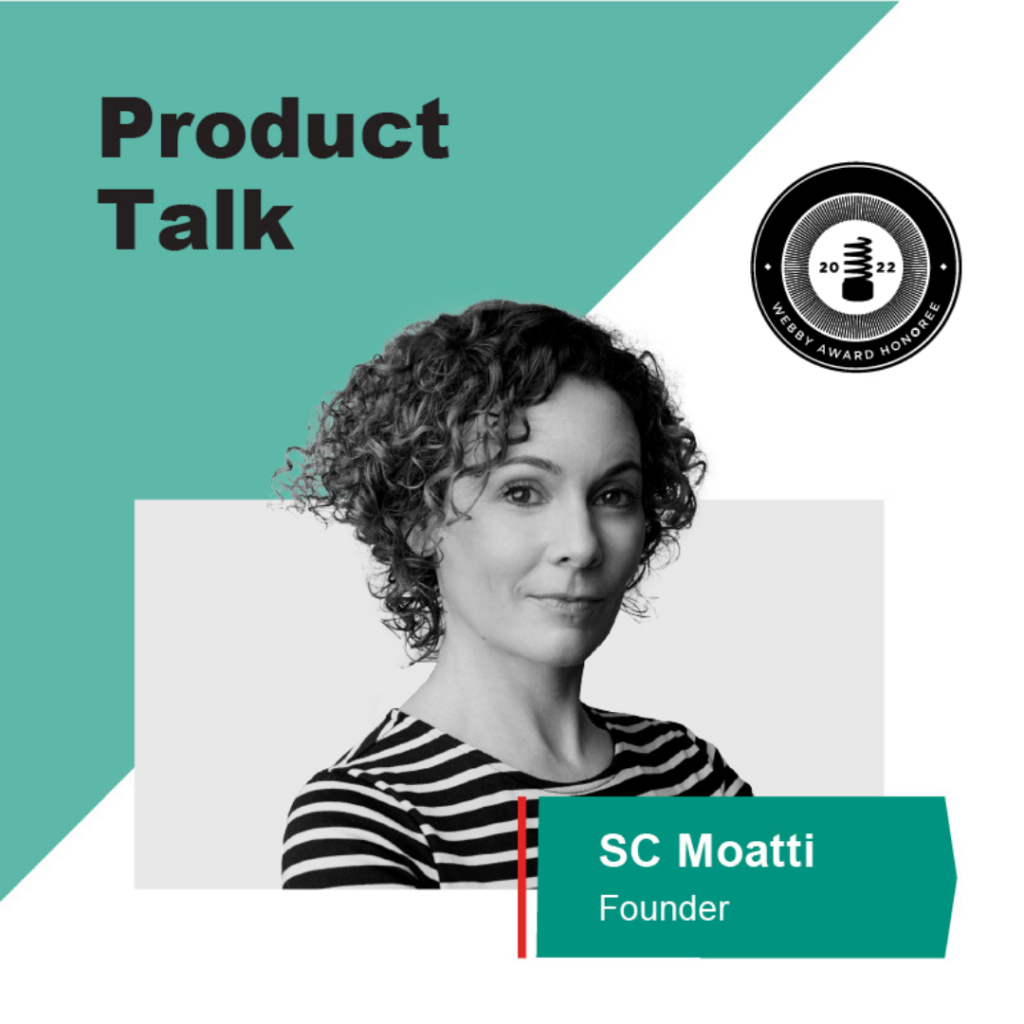How can product leaders design playful product experiences for users? In this episode, Willow Innovations VP of Product Melissa Pickering interviews LEGO Fmr. Product Design Leader Steve Geist on the art of designing playful product experiences. Discover Steve’s unique ability to blend technology into play experiences, while always prioritizing the user experience and involving cross-functional stakeholders. Gain valuable insights into the design thinking process, stakeholder management tactics, and the importance of early prototyping and user testing. Explore how to create surprise and delight in product experiences and learn about Steve’s favorite projects and proud moments.
Subscribe to the Product Talk podcast on Spotify and Apple Podcasts and catch every conversation with leading product executives. Episodes drop on Wednesdays.

Show Notes
- Steve successfully transitioned from being an artist to working in product design and leadership.
- Steve’s notable projects include Lego Super Mario and Lego Star Wars Boost robotic experience.
- Steve’s superpower is creating visuals and paper prototypes for product development, user feedback, and feasibility testing.
- He emphasizes focusing on the user experience and involving cross-functional stakeholders.
- Steve discusses his career transitions and passion for interactive experiences for kids.
- They caution against forcing technology into products without considering user needs.
- Conducting stakeholder meetings and understanding goals is crucial.
- They explore how technology integration affects age range and overall product perception.
- Early prototyping, testing with kids, and iterating based on feedback are essential.
- Design thinking is valuable for successful product development.
- Understand stakeholders and know the audience influence within an organization.
- Visual and hands-on work is significant, using sketches and visuals to communicate and iterate ideas.
- Managing stakeholder expectations and considering the end-user experience is crucial.
- Experience curves and play journeys map user emotions in a product or project.
- Identifying and addressing points of friction improves the user experience.
- User testing, especially with children, is important for observing emotions and gathering feedback.
- Examples from Lego Super Mario highlight addressing friction points during onboarding and app flow.
- Product managers should collaborate effectively with design colleagues, understanding the business case.
- The podcast concludes with discussions on creating surprise and delight in product experiences and building trust among team members.
- Recommended books include Lifelong Kindergarten, Understanding Comics, and Ways of Seeing, emphasizing reframing thinking, perceiving, and artistry in product development and design.
About the speaker
About the host
I'm a purpose-driven change agent with a track record of building & leading cross-functional teams to develop & launch products for kids. From Disney Imagineering, to EdTech startup founder, to product innovation at The LEGO Group, I have spent over a decade building and leading product teams to innovate kids' play and learning experiences. Most recently, I have joined another purpose-driven mission at Willow Innovations to bring more joy to motherhood, building products to make moms' lives easier.